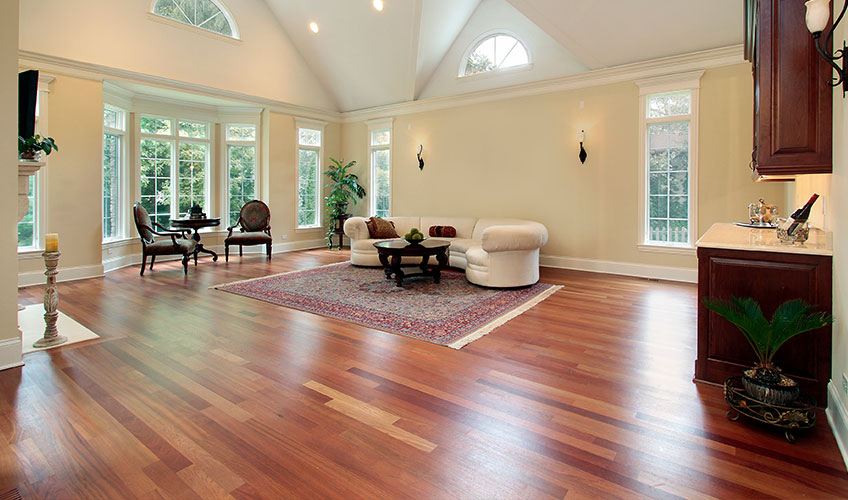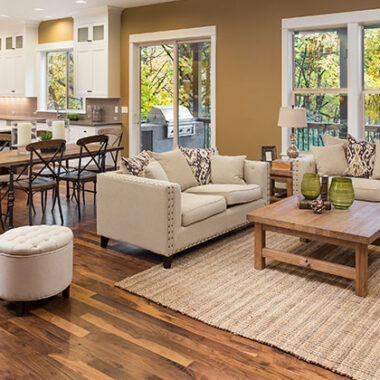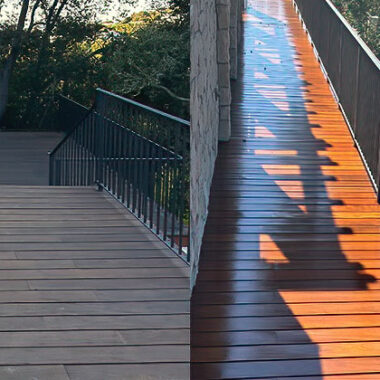
Resurfacing vs Refinishing Hardwood Floors
There will come a time when your hardwood floor starts to look worn and aged. When that happens, most people must decide between resurfacing vs refinishing hardwood floors. Although both terms may seem to mean the same on the surface, there are differences between resurfacing and refinishing. They are different in terms of process, application, and price.
Understanding whether to resurface or refinish means knowing the condition of your hardwood floors and what needs to be done to bring them back to a like-new condition.
What is Resurfacing?
Resurfacing, despite its name, applies to all the wood in the flooring in terms of how the job is performed. A typical resurfacing effort consists of the following:
- Removing the Planks and Replacing those that are too Worn or Damaged
- Grinding down the Planks to Create a Level Surface
- Using Nails to Reinforce the Flooring
Once that has been accomplished, the floor can now be refinished.
What is Refinishing?
Refinishing a hardwood floor consists of four separate steps. It is designed to give the floor a new appearance even if it is limited to the surface of the floor itself:
- Removing the old stain, varnish, and seal
- Sanding off the top layer to expose the natural grain and new wood
- Applying a fresh coat of stain along with lacquer or varnish
- Adding a new coat of sealant
Refinishing can be performed on laminate and tile floors as well. While the process of refinishing varies depending on the material, the basic approach is the same. However, if you have an engineered wooden floor, where a player of natural hardwood covers a core made of plywood or synthetic materials, then you can only refinish it two or three times.
Resurfacing vs Refinishing Hardwood Floors
Now that you know the difference, how do you determine whether your hardwood floors need to be refinished or resurfaced?
Refinishing: If the hardwood floors themselves are in relatively good condition, but are a little worn, dull, or scuffed, then refinishing is probably the best choice. You may even try to apply a new topcoat to see if that works as well.
Resurfacing: This is the more expensive option that should be used when the floor itself is compromised in terms of its structure. That means the following:
- Cracks, Missing Pieces, or Holes
- Evidence of Water Damage or Rot
- Warped, Bent, or Sagging Boards
- Bent or Missing Nails
- Extreme Discoloration, Fading, or Uneven Coloring
Resurfacing is considerably more expensive compared to refinishing. However, In the end, the decision between resurfacing vs refinishing hardwood floors will depend on their condition and whether you want to spend the money necessary to get the job done the way it needs to be. You may find out that your hardwood floors are not in as bad a condition as you might believe. But whatever the case, knowing the differences between resurfacing and refinishing is crucial to having the right process performed on your hardwood floors.
Email or call Tilo Martin Painting for more information 310-230-0202.



